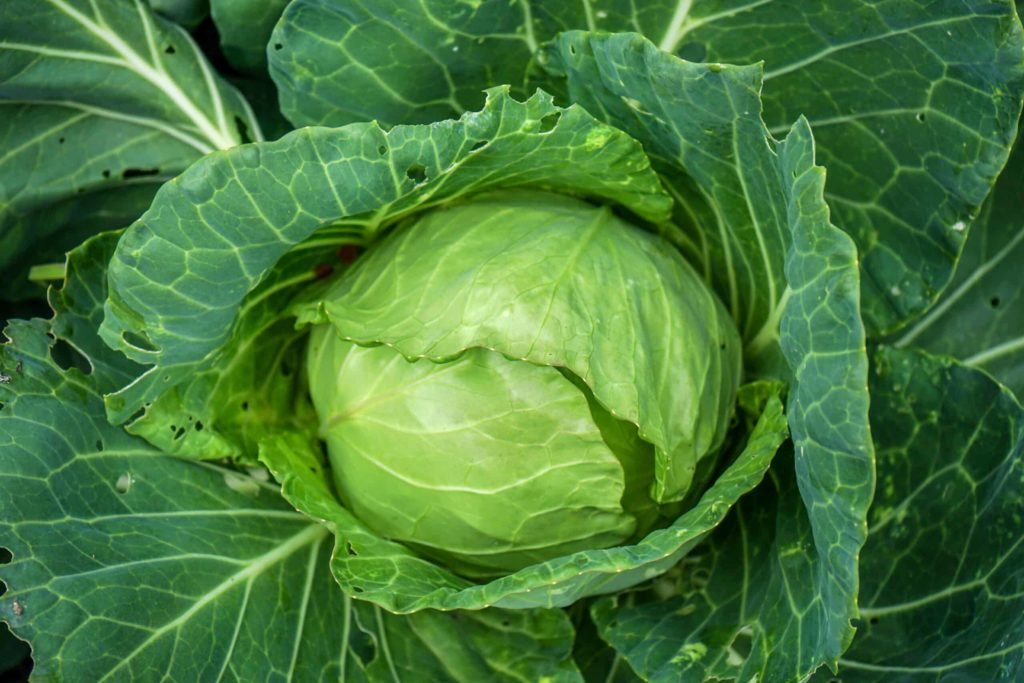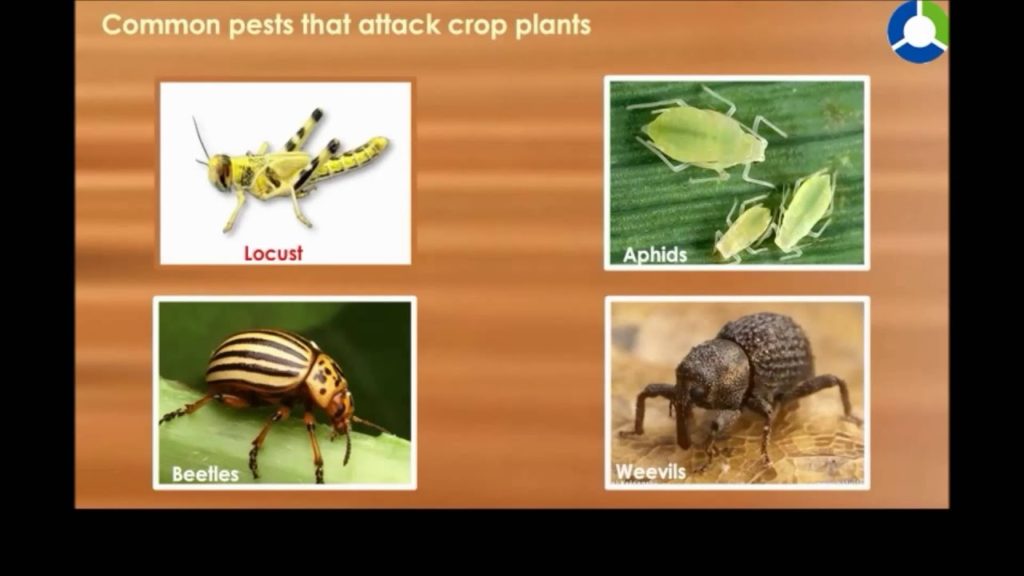Back to: AGRICULTURAL SCIENCE JSS 1
Welcome to class!
In today’s class, we will be talking more about crops plant form. Enjoy the class!
Classification of crops base on life span (annual, biennial, perennial crop)

Crops complete their processes of growth at different lengths of time. Hence, crops can be classified as follows – annual, biennial and perennial.
- Annual Crops (e.g. maize, yam, etc.)
- Biennial Crops (e.g. ginger, pineapple, cassava, etc)
- Perennial Crops (e.g cocoa, mango, etc.)
I will be explaining the following for more understanding;
Annual crop:
Annual crops are crops which complete their life cycle (length of life) within one year or in one growing season. These crops grow into maturity, flower, produce seeds and eventually die within one year. Annuals are plants that complete their life cycle in one year. They germinate, grow, bear fruits and die off within a year. Generally, all herbs and plants belonging to the grass family exhibit this type of life cycle. Examples are maize, rice, sorghum, soya-beans, guinea corn, cowpea, sweet potato, cotton, tomato, yam, etc.
The lifespan of Rice Plan
Rice is a type of grass and is the staple food for millions of people across the world. It is an annual crop with an average lifespan of 4 – 8 months. It goes through three main stages before it is harvested – vegetative stage, reproductive stage and ripening stage.
Biennial crop:
They are plants that complete their life cycle in two years. They germinate, develop a root system, stem and leaves in the first year. Later in their second year, they yield flowers and bear fruit. A few herbs are also classified as biennials, including spinach. Along with spinach and other herbs, biennials also include carrot, cabbage, petunias radish, onions, etc
Perennial crop:
Perennials are plants which complete their life cycle in more than two years. Once they grow, they start to bear flowers, produce fruits, seeds and the cycle continues for a longer period. They do not die after bearing fruits but renew their parts, season after season. Along with a few shrubs, trees are all classified into perennials. For example, tomatoes, ginger, banana, mango, coconut, palm, banyan, etc.
CROP PEST
Pest is animal that injures or kills cultivated plants- The common pest is mammals, birds and insects.

INSECT PEST
- Biting and Chewing Insects: These insects with mouthparts adapted for biting and chewing crops. e.g. beetles, weevils, grasshoppers, locust, etc.
- Piercing and Sucking Insects: These are insect, which has mouthparts for piercing plants tissues and sucking out their content. e.g mealy bug, aphids, butterflies, cop sides, etc.
- Boring Insects: These insects eat up grains, roots and stems of plants. Examples include rice weevils, bean weevils, maize weevils, goats, monkeys, bats squirrels, etc.
METHODS OF PREVENTING AND CONTROLLING CROP PEST

1. Physical Control Method:
- Hand-picking and destruction of Insects
- Scarecrow- To scare birds from farm
- Traps
2. Cultural Control Methods:
- Crop rotation
- Ploughing
- Timely harvesting
- Timely and regular weeding
- Early planting
3. Biological Control Methods:
This involves the introduction of parasites and predators to destroy pest e.g snakes, birds and frogs eats insects.
4. Chemical Control Methods:
- Using of insecticides
- Using of nematicides
- Fumigation
5. Quarantine:
This is a temporary rule or law intended to help preserve and prevent animals, plants and seeds with diseases from spreading.
PROPAGATION OF CROP
Crop propagation is the process of creating new plants from a variety of source. There are two main types of soil propagation
- Sexual propagation
- Asexual propagation
SEXUAL PROPAGATION:
This involves the union of the pollen (male) with the female egg to produce seed.
Advantages of Sexual Propagation
- It is a cheap method of propagation.
- It is a sure method of crop improvement since cross pollution results in variability.
Disadvantages of Sexual Propagation
- Some plants produce very few seeds
- Some seeds do not germinate easily
ASEXUAL PROPAGATION:
This is the production of a new plant, using part of the parent plant
Methods of Asexual Propagation
- Budding: This is a form of asexual reproduction in which a new organism develops from an outgrowth or bud due to cell division of one particular site.
- Grafting: This involves the uniting of a whole shot or stems into another plant. The stem to be grafted onto a rootstock called a scion.
- Layering: In laying, parts of the plants are made to develop roots while they are still a hatched to the parent plants.
- Cutting: When parts of a plant cut into portions and planted to produce new plants. The cutting may be from stems, leaves or roots. An example is the cutting of cassava stem.
Advantages of Asexual Propagation
- They are more resistant to and pest.
- Some plants have no seeds so they can be propagated asexually.
- One variety of crop can be produced indefinitely
Disadvantages of Asexual Propagation
- It cannot be used to achieve crop image improvement since it does not alter the genetic constitution of the plants.
- The disease can be transmitted if care is not taken during propagation.
- A limited number of plants and difficulty handling.
CULTURAL PRACTICES
Cultural practices involve all the activities carried out in the farm before, during and after planting of crops.
Pre-Planting Operations: These are the farming operation carried out before planting. Such as:
- Selection of site
- Clearing
- Stumping
- Plotting
- Tilling
- Ploughing
- Harrowing
- Ridging
- Seed selection
- Nursery practice
Planting Operations:
Activities done during planting.
They are:
- Planting date
- Planting distance
- Seed rate
- Sowing depth
- Planting
- Nursery practices
- Transplanting
Post-Planting Operation:
Activities done after planting.
They are:
- Thinning
- Supplying
- Mulching
- Manure or application
- Watering
- Weeding
- Pest and disease control
- Processing
CROP PLANT FORM (MONOCOTYLEDON AND DICOTYLEDON)
A crop is any plant that has a useful purpose or economic value. Crop plants are grouped into two forms based on the structure of their seeds or the number of seed leaf it contains. Seed leaf is otherwise known as cotyledon. Food for germinating seed is stored in the cotyledon.
Monocotyledonous crop
These are plants with one seed leaf or cotyledons e.g. oil palm, coconut, banana, plantain, pineapple, date-palm, garlic, sugarcane, cereals e.g. wheat, millet, rice, maize, sorghum, rye, barley, oats and all grasses e.g. guinea grass, carpet grass, etc.

Dicotyledonous crop
Dicotyledon, by name dicot, any member of the flowering plants, or angiosperms that has a pair of leaves, or cotyledons, in the embryo of the seed. Most common garden plants, shrubs and trees, and broad-leafed flowering plants such as magnolias, roses, and geraniums.

We hope you enjoyed the class.
Should you have any further question, feel free to ask in the comment section below and trust us to respond as soon as possible.

I really enjoyed the lessons.keep it up.
We’re glad you found it helpful😊 For even more class notes, engaging videos, and homework assistance, just download our Mobile App at https://play.google.com/store/apps/details?id=com.afrilearn. It’s packed with resources to help you succeed🌟
Thanks for the class
why joining JSS1 and JSS2 different topics together in JSS1